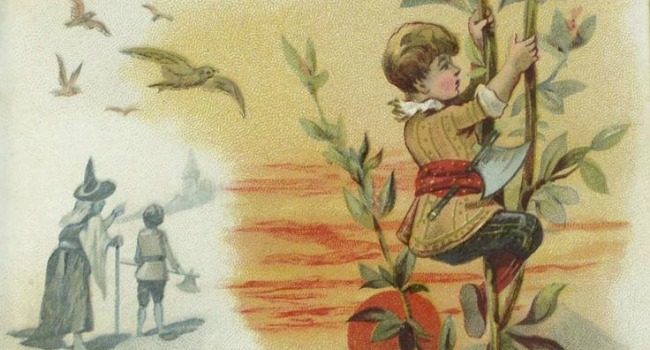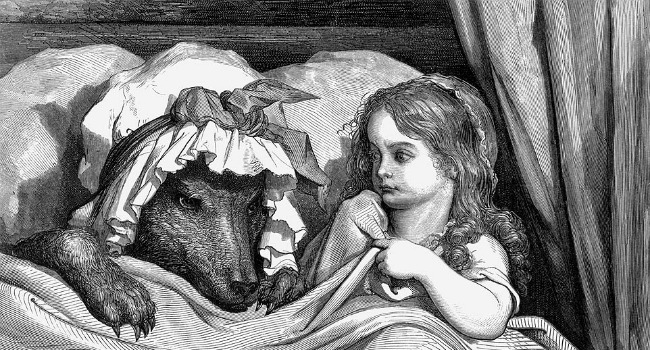If you want your children to be intelligent, read them fairy tales. If you want them to be very intelligent, read them more fairy tales.
Albert Einstein
Albert Einstein made that comment when he was asked for advice on what books one ought to read in order to prepare for life as a scientist. At first this would seem to make no sense. Fairy tales are fictional stories for children while science is all about hard facts. So why would one of the greatest scientists suggest that fairy tales are such an important source for budding scientists. The reason for Einstein’s strongly held belief was based on personal experience of a kind. When comparing the a German Gymnasium with a liberal arts college, Einstein reflected that:
In comparing it [Liberal Arts College] with six years schooling at an authoritarian German Gymnasium, I was made acutely aware how far superior an education that stresses independent action and personal responsibility is to one that relies on drill, external authority and ambition.
There is no arguing with the success of a German Gymnasium for producing experts in Latin grammar but they will lack a certain freedom of expression and idea that is at the heart of design thinking.
Everyone has heard of the Brothers Grimm but before them there was Charles Perrault. He is a good example of the seeming contradiction at the heart of the fairy tales and the claim that they are important.
On the one hand he was a man of science who spent the majority of his working life in service of science but it was only at the end of his life that he turned to fairy tales. Creators of the fairy tale such as Perrault and the Brothers Grimm looked beyond the possible and imagined worlds that existed in the mind and on the page (perhaps for personal reasons and perhaps for reasons of entertainment). In doing so they tapped in the creative spirit that is at the core of any great scientific enterprise.
He took part in the creation of the Academy of Sciences and was influential in the design of the Louvre as well as the gardens at Versailles.

In a utilitarian age, of all other times, it is a matter of grave importance that fairy tales should be respected.
Charles Dickens
Indeed, Dicken’s wrote an article on the importance of fairy tales: ‘Frauds on the Fairies’. Dicken’s discussion of the contribution of fairy tales and the imagination to the success of Great Britain resonates with the reasons given by Churchill for the establishment of the Design Council in the aftermath of the second world war. Just as the Design Council sought to embrace a new world and build a place for design thinking in that new world so too the fairy tales broadened the horizons of the children who read them and teach them not only that dragon’s exist but that dragons can be defeated. In short, the teach the art of the possible and portray a world where impossible is not in the dictionary.
There is a view that fairy tales are dangerous and scary and useful if you want control children but not something they should be reading in school. When we sit down to learn in school, one of the first lessons we learn is that there is a right way to do something and a wrong way to do something. Whether that relates to literacy or numeracy the principle is the same and children are thought that every question has a correct answer.
This principle is the basis of most education systems and it is the reason why the education system kills design thinking.Literature, and in particular fairy tales are one of the ramparts of creativity which attempt to withstand this process.
Fairy tales can teach us that what we see is not always to be believed.

But there is more than that.
In one of the most watched TED talks Sir Ken Robinson explains how schools kill creativity. He is not alone in that view.
My contention is that creativity now is as important in education as literacy, and we should treat it with the same status.
Sir Ken Robinson
The lack of creativity is linked to the design of the state educational system. Prior to the 19th century there was little need to provide an education system for the general population. With the industrial revolution there was a need for an improvement in the educational standards and as a result the educational system was designed with that as a primary objective. I.e., to provide workforce for the new industries. However, that had little to do with education.
The second reason for the flaws in the education system is the system of examinations which have become common in most countries. The very notion of an examination is a problem. But, in there original format they were all oral examinations where individuals were quizzed and an estimation made of their ability based on this interview. It was in theory a nuanced method which could be adapted to suit individuals.
This is no longer used except in some very few circumstances and it was replaced with a written examination. As a consequence, the exams became standardised and it became impossible to tailor an exam for individuals. With the result that gaining the ability to prepare for and succeed at exams became the primary driver of processes in the education system. Therefore, individuality and creativity became too difficult to deal with, too difficult to examine and they were pushed to the side.
So, more fairy tales and less education might very well lead to a generation who are driven by their imagination. They will approach problems without the constraints of traditional methods and will look to make a paradigm shift.
Design thinkers have a certain disposition. A mind-set that doesn’t get flustered by ambiguity – it’s inspired by it! They’re obsessed with imagining what might be possible – driven to challenge the status quo.